Photo by Michael Waldrep
From 2011 to 2024, SPUR ran a program focused on food and agriculture policy. In May 2024, the program started a new chapter as Fullwell, an independent nonprofit public policy group working to put an end to food insecurity and create a healthy, just, and sustainable food system. The team continues to focus on the same campaigns it originated at SPUR, only from a new home. Learn more at fullwell.us.
Double Up Food Bucks California
Piloting a scalable model for making healthy food more affordable
One of the biggest obstacles to healthy eating is the affordability of healthy food. Our Double Up Food Bucks California project helps families overcome that barrier. The project provides matching funds so that families and individuals participating in the CalFresh program can buy even more fresh fruits and vegetables at the grocery store.
Medically-Supportive Food and Nutrition
Expanding health care coverage to use food as medicine
The need for these food-based interventions in Medicaid has been exacerbated by the COVID-19 pandemic which highlighted many health and social inequities, especially for Black and Brown communities. This pandemic emphasizes the need to use food to treat and prevent chronic disease and to decrease the effects of health disparities and food insecurity on chronic disease.
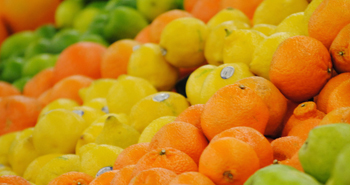
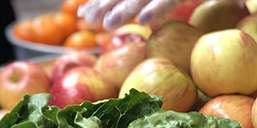
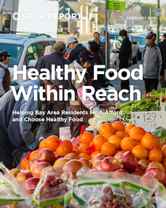 Healthy Food Within Reach
Healthy Food Within Reach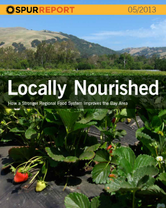 Locally Nourished
Locally Nourished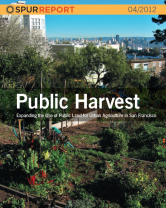 Public Harvest
Public Harvest